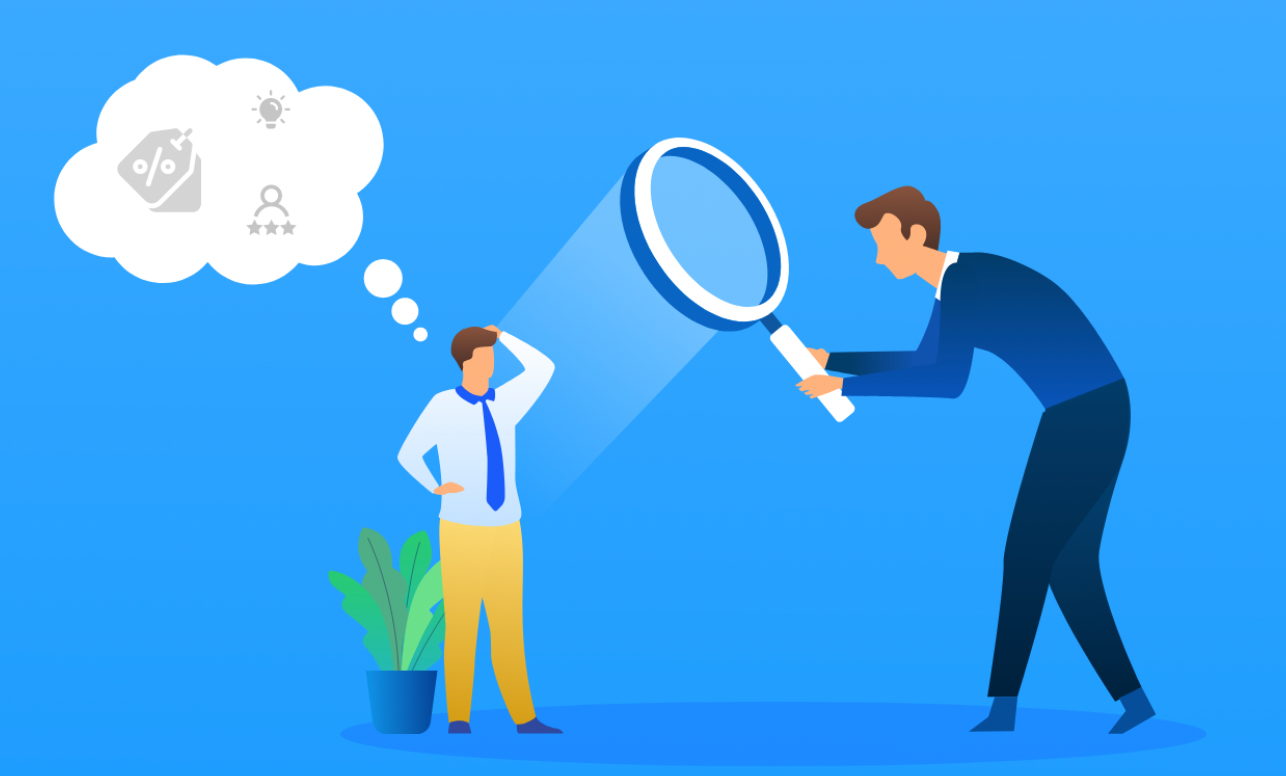In today’s highly competitive business landscape, understanding customer behavior is paramount for success. It goes beyond just knowing what customers buy; it delves into the psychology behind their purchasing decisions, preferences, and interactions with brands. This article will explore why understanding customer behaviour matters, the factors influencing it, the consumer decision-making process, types of consumer behavior, strategies for analysis, and challenges faced by businesses.
Why Understanding Customer Behaviour Matters

1. Impact on Marketing Strategies
Understanding customer behaviour enables businesses to tailor their marketing strategies effectively. By knowing what motivates their target audience, companies can create more relevant and engaging campaigns that resonate with consumers, leading to higher conversion rates and brand loyalty.
2. Enhancing Customer Experience
Customer behavior insights help businesses improve the overall customer experience. By anticipating customer needs and preferences, companies can personalize their products, services, and interactions, resulting in higher satisfaction levels and repeat business.
Factors Influencing Customer Behaviour
1. Psychological Factors
Psychological factors such as perception, motivation, attitudes, and beliefs play a significant role in shaping customer behavior. Understanding these factors allows businesses to appeal to consumers’ emotions and subconscious desires, influencing their purchasing decisions.
2. Sociocultural Factors
Social and cultural influences, including family, peers, culture, and societal norms, impact consumer behavior. By recognizing these influences, businesses can adapt their marketing strategies to resonate with specific demographic groups and cultural preferences.
3. Economic Factors
Economic factors such as income, price sensitivity, and economic conditions influence consumer spending patterns. Businesses need to consider these factors when pricing products, offering discounts, and positioning their brands in the market.
4. Personal Factors
Personal characteristics such as age, gender, lifestyle, and personality traits also affect consumer behavior. By segmenting their target audience based on these factors, businesses can tailor their marketing messages and product offerings to better meet individual needs and preferences.
The Consumer Decision-Making Process
Understanding the consumer decision-making process is essential for businesses to influence purchasing behavior effectively. It consists of five stages:
- Need Recognition: The consumer identifies a problem or need that triggers the decision-making process.
- Information Search: The consumer gathers information about available products or services to satisfy their need.
- Evaluation of Alternatives: The consumer evaluates different options based on factors such as price, quality, and brand reputation.
- Purchase Decision: The consumer makes a decision and completes the purchase.
- Post-Purchase Evaluation: After purchasing, the consumer assesses their satisfaction with the product or service and may provide feedback or seek redress if necessary.
Types of Consumer Behavior
Consumer behavior can vary depending on the level of involvement and effort consumers put into the decision-making process. Three types of consumer behavior include:
- Routine Response Behavior: Low involvement, habitual purchasing of low-cost items.
- Limited Decision Making: Moderate involvement, comparing options before making a purchase.
- Extensive Decision Making: High involvement, thorough research, and evaluation before making a significant purchase.
How Businesses Analyze Customer Behavior
Businesses employ various methods to analyze customer behavior and gather insights that inform their strategies:
- Data Analytics: Leveraging data from various sources, including website traffic, social media interactions, and sales records, to identify patterns and trends.
- Surveys and Feedback: Collecting feedback from customers through surveys, interviews, and reviews to understand their preferences and satisfaction levels.
- Social Listening: Monitoring social media platforms and online conversations to gauge public sentiment and identify emerging trends.
The Role of Technology in Understanding Customer Behaviour
Advancements in technology have revolutionized the way businesses understand customer behavior. Key technologies include:
- Big Data and Machine Learning: Analyzing large datasets to identify patterns and predict future behavior.
- Customer Relationship Management (CRM) Systems: Managing and analyzing customer interactions and data throughout the customer lifecycle.
- Predictive Analytics: Using historical data and statistical algorithms to forecast future trends and behaviors.
Challenges
Despite its importance, understanding customer behavior poses several challenges for businesses:
- Data Privacy Concerns: Balancing the need for customer data with privacy regulations and ethical considerations.
- Complexity of Human Behavior: Human behavior is multifaceted and influenced by numerous factors, making it challenging to predict accurately.
- Changing Market Dynamics: Rapid technological advancements and shifting consumer preferences require businesses to continuously adapt their strategies.
Strategies for Improving Customer Behavior Understanding
To overcome these challenges and enhance their understanding of customer behavior, businesses can implement the following strategies:
- Investing in Customer Research: Conducting thorough market research and collecting relevant data to gain insights into customer preferences and behavior.
- Utilizing Advanced Analytics Tools: Leveraging advanced analytics tools and techniques to analyze data effectively and derive actionable insights.
- Personalizing Marketing Campaigns: Tailoring marketing messages and offers to individual customers based on their preferences and behavior.
Conclusion
Understanding customer behaviour is essential for businesses looking to thrive in today’s competitive marketplace. By gaining insights into the factors influencing consumer decisions, analyzing purchasing behavior, and leveraging advanced technologies, companies can develop more effective marketing strategies, enhance the customer experience, and drive business growth. If you’re ready to take your understanding of customer behavior to the next level and see how AIM Technologies can help, request a demo today.
FAQs
Why is understanding customer behavior important for businesses?
- Understanding customer behavior helps businesses tailor their marketing strategies, improve the customer experience, and drive business growth.
What are the main factors influencing customer behavior?
- Psychological, sociocultural, economic, and personal factors all play a role in shaping customer behavior.
How can businesses analyze customer behavior?
- Businesses can analyze customer behavior through data analytics, surveys and feedback, and social listening.
What challenges do businesses face in understanding customer behavior?
- Challenges include data privacy concerns, the complexity of human behavior, and changing market dynamics.
What strategies can businesses use to improve their understanding of customer behavior?
- Businesses can invest in customer research, utilize advanced analytics tools, and personalize marketing campaigns to improve their understanding of customer behavior.


